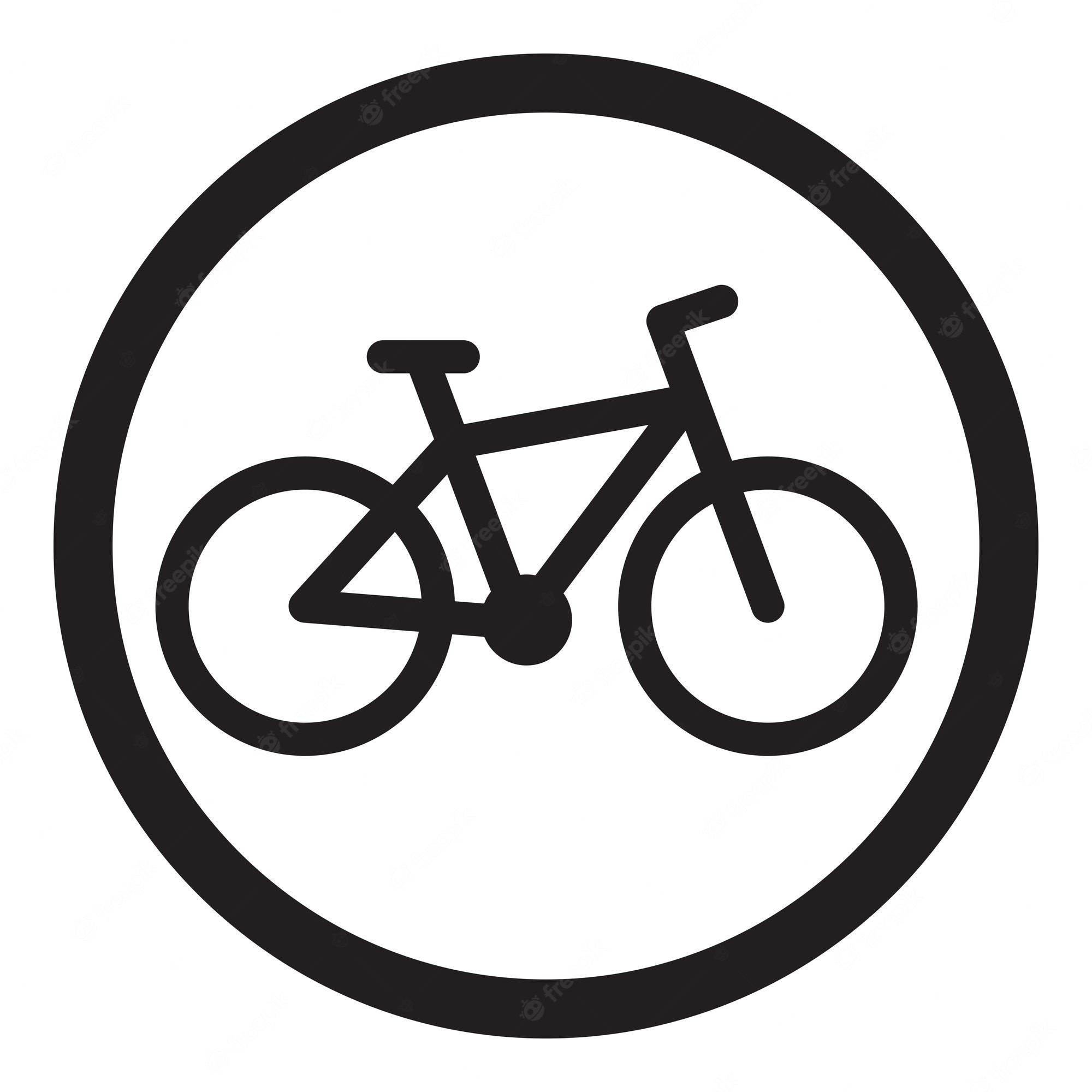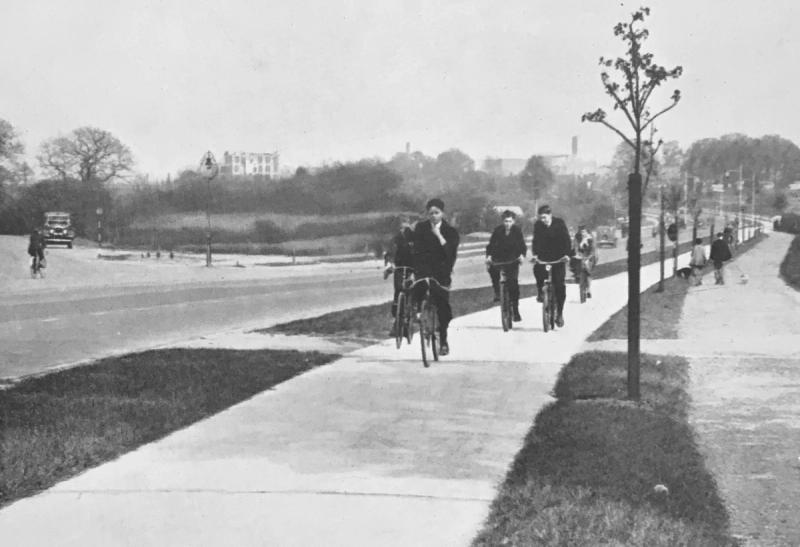The explanations provided in this article are the same stupid fucking reasons it’s next to impossible and dangerous to ride a bike in America.
No, a bike is not a car and it should not be treated like one.
No, no one I know wants to hop on a bike and share the same lane as a semi truck or teenager in a lifted truck texting on a phone.
Having a bike lane (preferably separate from the main road) where there is at least some breathing room is the only way most people would even consider it. God forbid you should fall off or crash, you don’t risk losing your life over something that would otherwise be a scraped knee.
GTFO with your bikes are cars bull shit.
It’s important to remember that roads weren’t always for cars. At one point they were for pedestrians
Now they are used by 6000 lbs trucks that go 0-60 in 4 seconds because… Reasons. Not even remotely safe for pedestrian use.
The only good argument I’ve seen for sharerows is that cars shouldn’t be on the streets they’re on anyway. Make them vehicular dead ends with narrow roadways and then only local drivers will bother.
That’s the only place it’s OK to have bike and car traffic mix. Everywhere else needs dedicated infra. If you can’t do grade separation then there need to be barriers or bollards instead.
Every road should have 2 paths for pedestrians, 2 paths for bikes, 1+ lanes of cars, maximum of 2 each way.
And even then I’m hesitant on the 2 car thing. Only if it’s an actual road and not a stroad.
Honestly, the only time bikes should be on roads is when crossing them at 90⁰ angles. There should be streets parallel to major roads if there isn’t dedicated bike paths.
So convert the stroads to proper streets, and push car traffic onto arterial roads and highways.
No, no one I know wants to hop on a bike and share the same lane as a semi truck or teenager
in a lifted truck texting on a phone.intentially driving dangerously so they can roll coal because they need to feel “an alpha”.
These bike lanes were a way of marginalising cyclists, and freeing up Britain’s expansive road network for the small number of wealthy car owners.
I’m happy to be marginalized if it means I don’t have to ride in conflict with cars.
Shame that we not only lost the road, but also the cycle tracks. Happy to see things moving the other direction.
We had to choose 12 [overgrown bike paths] just as a good round number, I reckon there’s probably 15 to 20 that you could probably make into really decent routes today.”
Exactly how many more bike lanes lie dormant under grass verges is unknown, but by comparing various accounts, Reid has concluded that around 500 miles (805km) of bicycle tracks were built. So far, he has found 190 miles (306km), partly by checking satellite imagery on 1930s-era roads, and partly by delving into newspaper records and highways meeting minutes. One road at a time, he is uncovering this network of cycle tracks.
This is super cool!! I hope they uncover all of them.
This reminds me a lot of Seattle’s old streetcar network from the early 1910s which can still be seen today by a number of oddly wide roads. If your city has strangely wide, gently curving roads, there’s a decent chance it used to be part of an old trolley system. Many of those rails are still there, buried under decades of asphalt and concrete.
Ironically, some are just now beginning to have streetcars again or a mix of protected bike lanes and streetcars (and cars, unfortunately).
It’s amazing to think how little has changed in a century for the bicycle. They’re like the shark of machines.
True GOAT
[off topic?]
The term ‘jay walker’ for a pedestrian who holds up traffic was created by rich people who wanted the roads to themselves
Originally most people walked along the public roads. Most people liked to walk near the center of the road. That meant that cars would have to slow down.
https://www.todayifoundout.com/index.php/2012/07/origin-of-the-term-jaywalking/
Just adding on here that Jay was a pejorative meaning hick or hillbilly
Thanks, I should have noted that.




